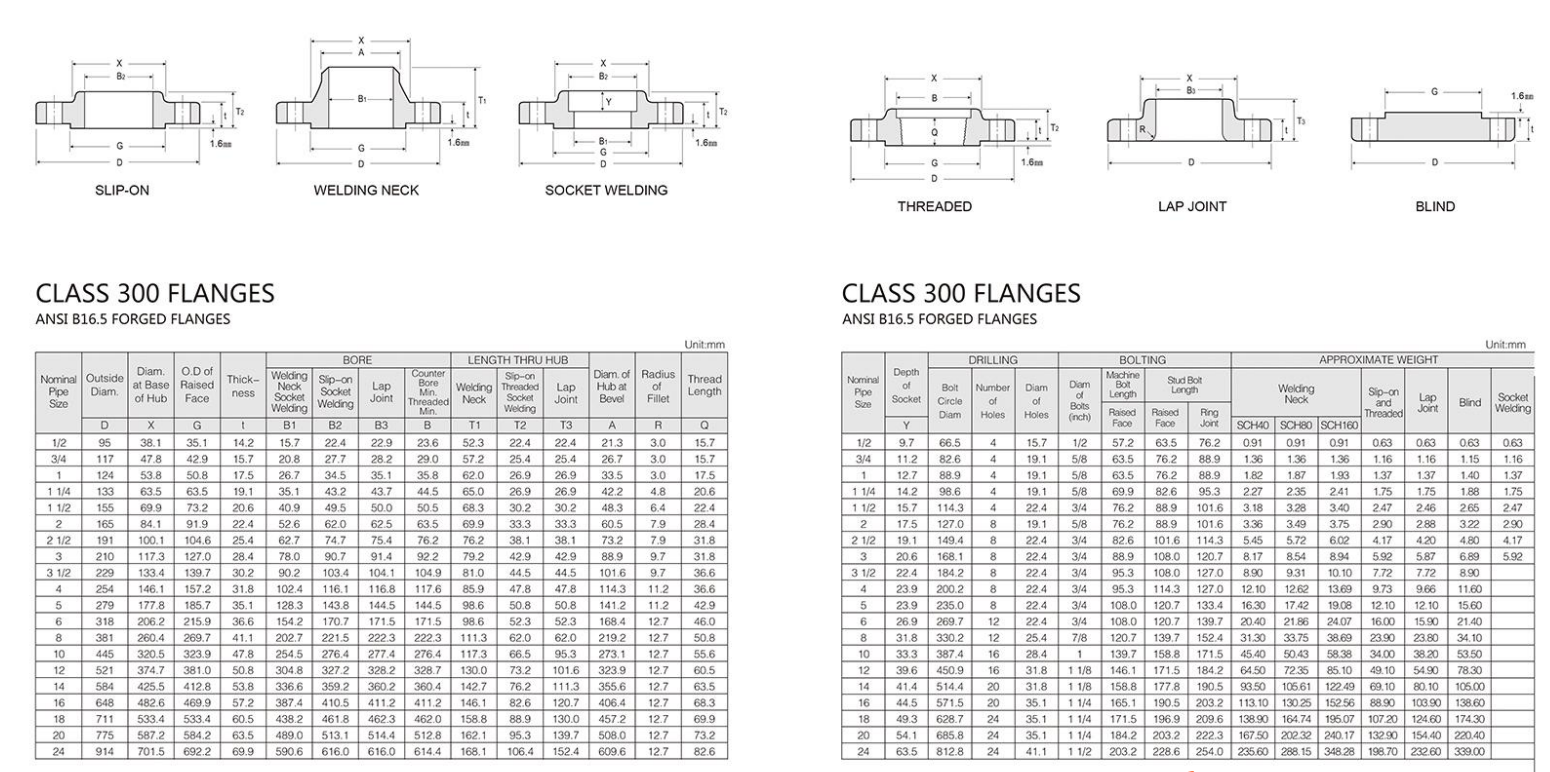-
Cangzhou Yulong Steel Co., Ltd.
-
Phone:
+86 13303177267 -
Email:
admin@ylsteelfittings.com
- English
- Arabic
- Italian
- Spanish
- Portuguese
- German
- kazakh
- Persian
- Greek
- French
- Russian
- Polish
- Thai
- Indonesian
- Vietnamese
- Zulu
- Korean
- Uzbek
- Hindi
- Serbian
- Malay
- Ukrainian
- Gujarati
- Haitian Creole
- hausa
- hawaiian
- Hebrew
- Miao
- Hungarian
- Icelandic
- igbo
- irish
- Japanese
- Javanese
- Kannada
- Khmer
- Rwandese
- Afrikaans
- Albanian
- Amharic
- Armenian
- Azerbaijani
- Basque
- Belarusian
- Bengali
- Bosnian
- Bulgarian
- Catalan
- Cebuano
- China
- China (Taiwan)
- Corsican
- Croatian
- Czech
- Danish
- Esperanto
- Estonian
- Finnish
- Frisian
- Galician
- Georgian
- Kurdish
- Kyrgyz
- Lao
- Latin
- Latvian
- Lithuanian
- Luxembourgish
- Macedonian
- Malgashi
- Malayalam
- Maltese
- Maori
- Marathi
- Mongolian
- Myanmar
- Nepali
- Norwegian
- Norwegian
- Occitan
- Pashto
- Dutch
- Punjabi
- Romanian
- Samoan
- Scottish Gaelic
- Sesotho
- Shona
- Sindhi
- Sinhala
- Slovak
- Slovenian
- Somali
- Sundanese
- Swahili
- Swedish
- Tagalog
- Tajik
- Tamil
- Tatar
- Telugu
- Turkish
- Turkmen
- Urdu
- Uighur
- Welsh
- Bantu
- Yiddish
- Yoruba

Nov . 29, 2024 10:10 Back to list
Understanding the Different Types of Plumbing Pipe Caps and Their Uses
Understanding Plumbing Pipe Caps A Comprehensive Guide
In the world of plumbing, a variety of fittings and accessories play crucial roles in ensuring the efficient flow of water and maintaining the integrity of piping systems. One such important component is the plumbing pipe cap. Although often overlooked, these small but mighty fittings perform essential functions in both residential and commercial plumbing applications. In this article, we will explore what plumbing pipe caps are, their types, uses, and installation procedures, along with tips for proper maintenance.
What is a Plumbing Pipe Cap?
A plumbing pipe cap is a fitting used to close the end of a pipe. Its primary purpose is to seal the pipe to prevent leakage, contamination, and blockage. Caps are typically used in various plumbing systems, including water supply lines, drainage systems, and gas lines. They can be made from various materials, including PVC, ABS, copper, and galvanized steel, to match the type of piping involved.
Types of Plumbing Pipe Caps
1. PVC Pipe Caps These are commonly used in residential plumbing systems, especially for drainage and vent lines. PVC caps are lightweight, durable, and resistant to corrosion, making them an excellent choice for various applications.
2. Copper Caps Copper caps are often used in water supply lines due to their resistance to corrosion and durability. They are ideal for soldered joints and can withstand high temperatures and pressures.
3. Galvanized Steel Caps These caps are frequently used in industrial applications. They offer high strength and durability, making them suitable for high-pressure systems and areas that might be exposed to physical damage.
4. ABS Pipe Caps Known for their strong resistance to impact and chemical damage, ABS caps are usually found in drainage and waste systems, especially where there is potential for chemical exposure.
Uses of Plumbing Pipe Caps
- Sealing Open Ends Pipe caps effectively seal the open ends of pipes, preventing debris, dust, and contaminants from entering the plumbing system.
- Maintenance Access In some plumbing systems, caps can be removed to provide access for maintenance or inspection of the internal piping without the need to dismantle the entire system.
- System Modification When upgrading or modifying a plumbing system, caps can be useful for temporarily sealing off unused branches or creating future access points.
plumbing pipe cap

Installation of Plumbing Pipe Caps
Installing a plumbing pipe cap is a straightforward process that can be accomplished with basic tools
1. Preparation Ensure that the pipe end is clean and free of any debris or corrosion.
2. Choosing the Right Cap Select a cap that fits the diameter of the pipe. It's important to choose a cap made of compatible materials with the pipe to avoid future complications.
3. Fitting the Cap For threaded pipes, simply screw the cap onto the end. For non-threaded or push-fit applications, ensure it fits snugly, perhaps applying a sealant if necessary.
4. Securing the Cap If using soldered caps like those made from copper, apply heat and soldering material as required to create a watertight seal.
5. Testing for Leaks Once installed, check for any leaks by running water or applying pressure to the system.
Maintenance Tips
While plumbing pipe caps are generally low-maintenance, a few tips can help prolong their lifespan
- Regular Inspections Periodically check for signs of wear, corrosion, or leaks, especially in areas prone to frequent temperature changes or moisture.
- Avoid Over-tightening When installing threaded caps, be cautious not to overtighten as this can lead to cracks or damage.
- Consider Temperature Variations Ensure that the materials you choose are suitable for the temperature conditions they will be subjected to.
In conclusion, plumbing pipe caps are small yet significant components of any plumbing system. Their ability to seal, protect, and facilitate maintenance makes them indispensable. By understanding their types, uses, and proper installation and maintenance practices, homeowners and professionals alike can ensure the longevity and efficiency of their plumbing installations.
Latest news
-
ANSI 150P SS304 SO FLANGE
NewsFeb.14,2025
-
ASTM A333GR6 STEEL PIPE
NewsJan.20,2025
-
ANSI B16.5 WELDING NECK FLANGE
NewsJan.15,2026
-
ANSI B16.5 SLIP-ON FLANGE
NewsApr.19,2024
-
SABS 1123 FLANGE
NewsJan.15,2025
-
DIN86044 PLATE FLANGE
NewsApr.19,2024
-
DIN2527 BLIND FLANGE
NewsApr.12,2024
-
JIS B2311 Butt-Welding Fittings LR/SR 45°/90° /180°Seamless/Weld
NewsApr.23,2024











